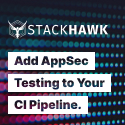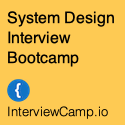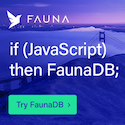SQL + NoSQL = Yes !
 Tuesday, December 21, 2010 at 10:09AM
Tuesday, December 21, 2010 at 10:09AM 
This is a guest post by Frédéric Faure (architect at Ysance), you can follow him on twitter.
Data storage has always been one of the most difficult problems to address, especially as the quantity of stored data is constantly increasing. This is not simply due to the growing numbers of people regularly using the Internet, particularly with all the social networks, games and gizmos now available. Companies are also amassing more and more meticulous information relevant to their business, in order to optimize productivity and ROI (Return On Investment). I find the positioning of SQL and NoSQL (Not Only SQL) as opposites rather a shame: it’s true that the marketing wave of NoSQL has enabled the renewed promotion of a system that’s been around for quite a while, but which was only rarely considered in most cases, as after all, everything could be fitted into the « good old SQL model ». The reverse trend of wanting to make everything fit the NoSQL model is not very profitable either.
So, what’s new … and what isn’t?


















